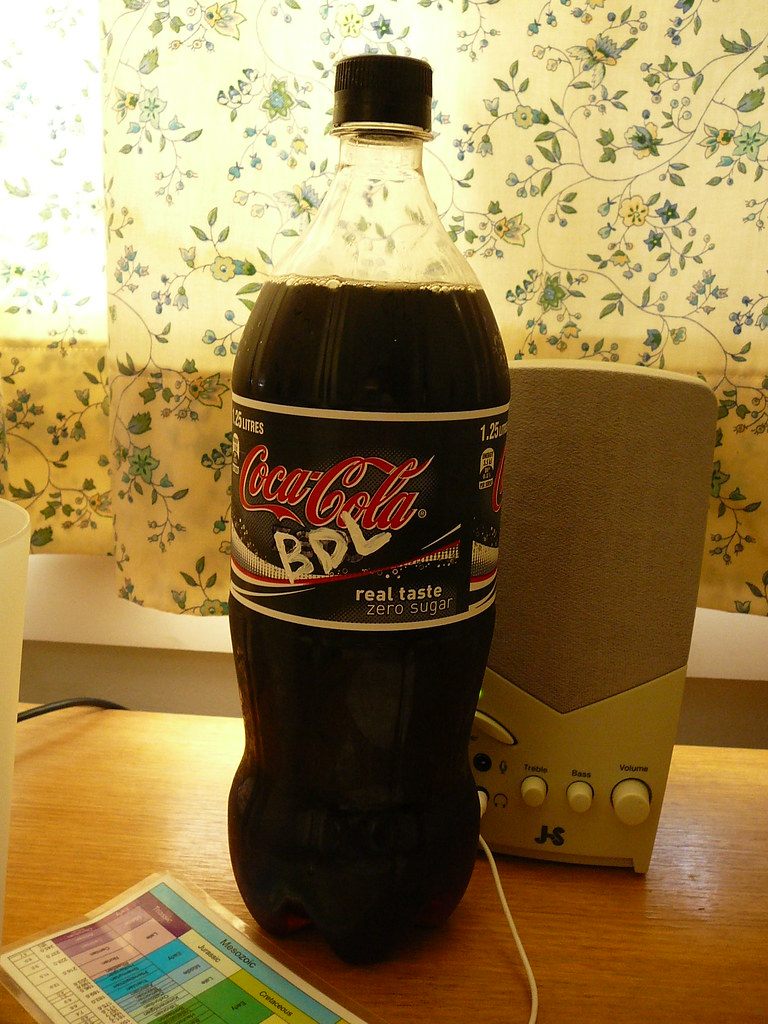I don’t believe in Zero

For an analyst, measuring things is easy. It is the stuff that we can’t measure that keeps us up at night. For example, if we measure something- correctly- then we know how much is there. But if we don’t measure something, what does that tell us? That it isn’t there? Or that our analytical technique is not capable of detecting it?
One invention that we use to address this problem is a construct called the detection limit. This is a statistical number that represents the amount of something that we think we should be able to detect, if it is there. Thus, if we don’t detect something, we don’t say that it isn’t there, we say that it is Below Detection Limit (or BDL). In electron microprobe analyses, this limit is generally taken to be 3 times the standard error of the background*, and the same definition has lazily been co-opted into laser ICP-MS analysis. So if you want to improve your detection limit, reducing the level or the noise of your background is a good place to start.
Of course, there are some hypothesizers who sometimes want an analyst to demonstrate the absence of something. This can be frustrating, as it is statistically impossible to measure something that isn’t there. All we can do is place lower limits on something.
A well formulated hypothesis will recognize this, and ask us instead to show that something is below a specific level. But every now and then, you encounter a coward or handwaver who tries to hide beneath the detection limit, by claiming, “Well, this doesn’t support my pet theory, but it isn’t completely ruled out because my holy grail element could simply be less abundant than I predicted or than you can measure.”
If their original hypothesis was that something would be at concentration X, and the analyst failed to achieve a detection limit of X, then that is indeed the analyst’s fault. But if the theoretician arbitrarily fudges his expected concentration downwards to lie beneath any detection limit thrown his way, that ain’t cool. Unless, of course, he is prepared to put the effort in to improve the analytical technique so that it obtains the detection limit he needs.
* I should know the reference to the paper that established this- a seminal EPMA paper from the late 60’s, I believe, but I can’t for the life of me remember the reference. Anyone?
No comments:
Post a Comment